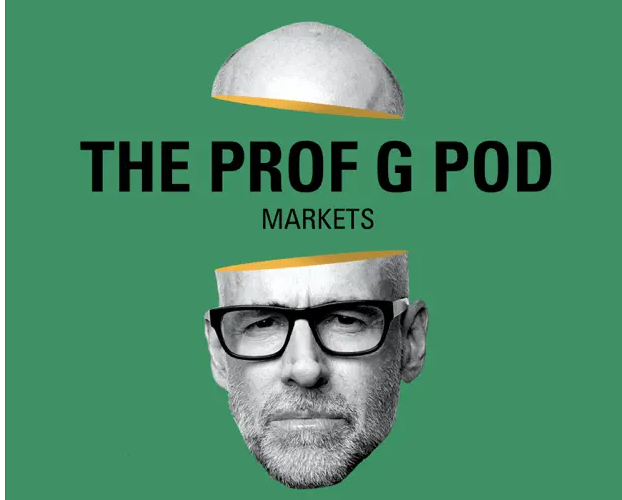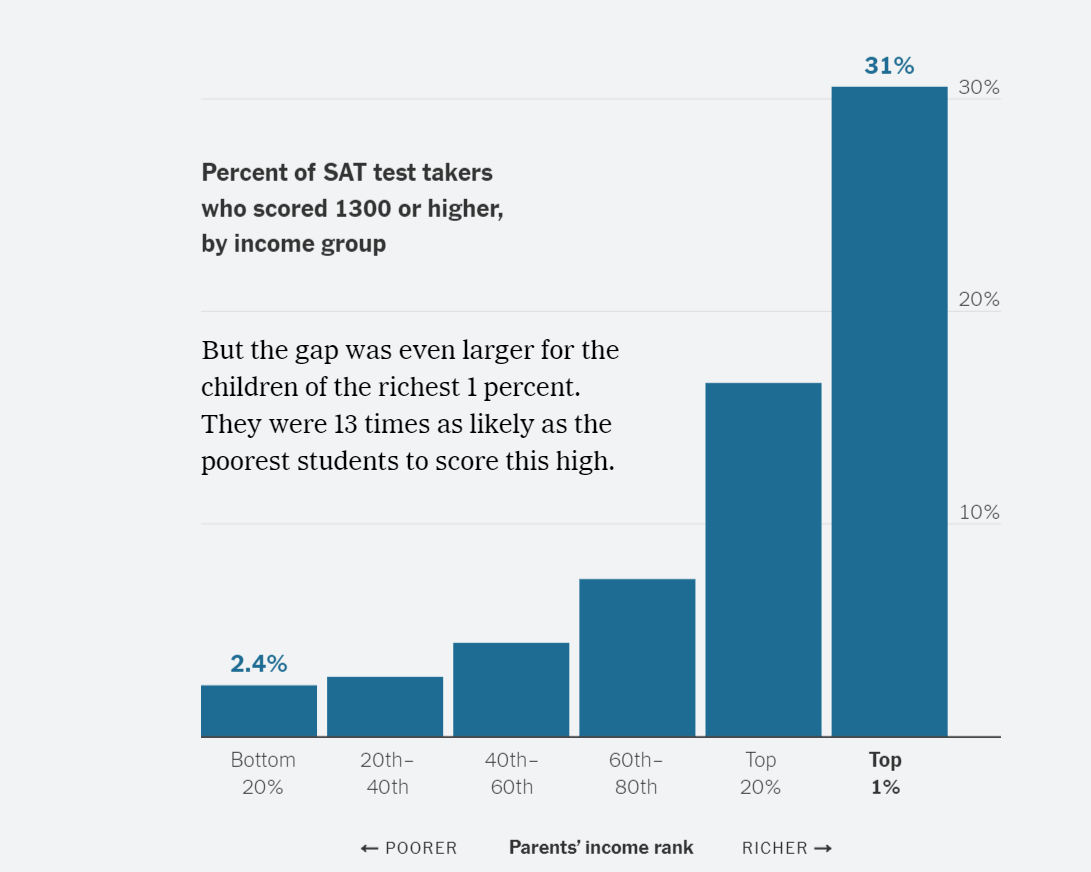FAFSA and Other Form Problems
/A parent describes his experience completing the “simplified” Free Application for Federal Student Aid (FAFSA), which was supposed to be easier than the old college financial aid form but still illustrates business communication problems.
The parent received only intermittent access a couple of months after the form was planned to be available. He complimented the clean design, friendly user interface, and fewer questions than on past forms. The biggest issues seems to be that the promised “soft launch” was half-baked—too late, not consistently available, and buggy. He suggested waiting until next year, when it could be fully available in the summer to give families more time.
The Federal Student Aid department’s launch announcement warns people not to “fill out the form immediately when the soft launch period opens” and includes a long list of potential problems. So the reporter might have headed the advice.
Form changes are guided by the FAFSA Simplification Act, which the U.S. Department of Education explains in a message to an unclear audience. The process introduces a new acronym (SAI), and the message is repetitive and includes information that possibly no audience would find useful, for example,
This data exchange has been made possible by the Fostering Undergraduate Talent by Unlocking Resources for Education Act (FUTURE Act), which we’ll implement alongside FAFSA simplification starting with the 2024–25 award year.
Students might rewrite this message to an audience of students and their parents, explaining just a little of the rationale for the changes but focusing primarily on the benefits and what to expect. To the department’s credit, a virtual assistant is offered with links to other pages. Students also could analyze communications on this page, whose audience is more clearly parents and students. But I find the video slow and devoid of information.














